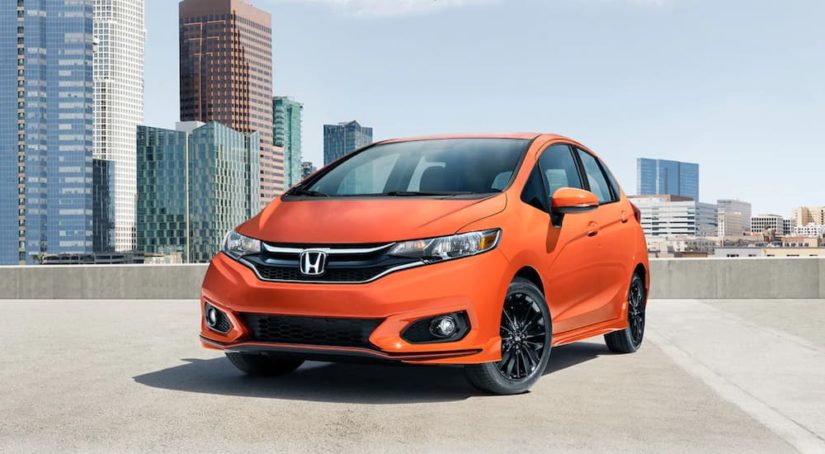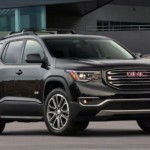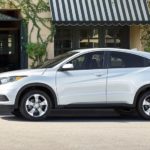The tiny car trend slowly vanished as American drivers became enthralled with owning massive SUVs. Call it natural selection or something less Darwinian, but a used Honda dealership today looks a lot different than it did in the 1970s, when an international oil embargo threatened our livelihoods and caused a massive spike in gas prices.
You can still find a handful of subcompact cars and crossovers scattered around dealer lots (like the Smart Car); however, our adjusted definition of small has redefined which vehicles now qualify for the subcompact size category. Juxtapose the 1960 Honda N360 (78.7-in wheelbase) with the modern HR-V (102.8-in wheelbase), and it illustrates just how much we’ve supersized the subcompact vehicle.
Americans are fickle and prone to following trends. How else can you explain tiny houses, or McMansions, for that matter? Given our changing needs and fluid size designations, automakers have the daunting task of thinking several years ahead. What will consumers want to drive in 2030? Honda seems to be hedging its bets by doubling down on the Civic and investing in a complete HR-V redesign.
Still, if you’re in need of a truly small vehicle in the present day, these Hondas might be the best fit.
The Honda CR-Z
Blink and you’ll miss it might have worked as the Honda CR-Z’s tagline since this hybrid hatchback’s five-year run and tiny market share didn’t amount to much. Honda marketed the CR-Z as a sports performance hybrid but equipped it with dull Prius-like power, resulting in a cacophony of yawns from leading automotive review sites. In terms of size, the CR-Z is smaller than the Fit, yet it weighs more.
Thanks to a series of selectable drive modes and an available manual transmission, enthusiasts can squeeze out every available drop of the hatchback’s 122-horsepower and 128 lb-ft of torque. For commuters, the combined 32 mpg fuel economy rating is good news, as is the comfortable two-seat interior. Honda offered the CR-Z in multiple trims, with more expensive versions featuring LED headlights and other modern upgrades.
While the CR-Z lacks in sporty acceleration, it quickly gains points for nimble steering and surprisingly agile road manners. Skip to the 2016 model year and you’re likely to find a model with a 7-in. touchscreen and navigation. The top-of-the-line EX-L Navi also adds heated leather seating surfaces, a push-button start, and automatic climate control. As for safety, the CR-Z achieved a four-star rating from the NHTSA and a “Good” review from the IIHS. However, golfers should beware: the front-wheel drive CR-Z’s 25.1 cu.ft. of cargo space is barely enough for one set of clubs.
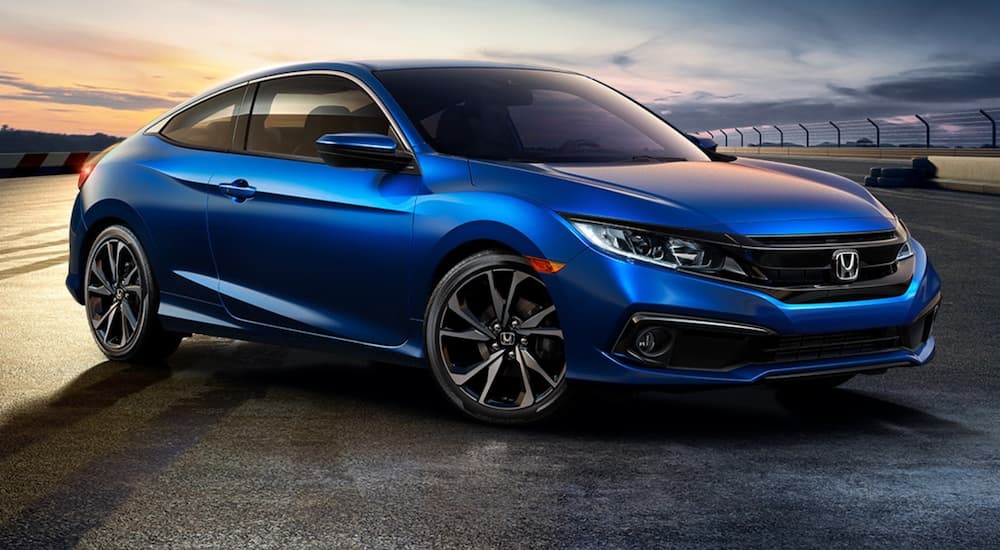
The Honda Civic
The industry thinks a lot of the Civic and has for years. Honda’s best-selling car of all time has withstood the crossover invasion with grace, receiving stellar reviews from automotive journalists and maintaining impressive sales numbers year after year. Quality and reliability are so consistent that buyers don’t need to cherry-pick certain model years; any year or trim will do. Honda outfits even the least expensive Civics with a nice assortment of standard features.
That said, 2017 was a particularly good year for the Civic. The hatchback body style returned, and Honda brought back a six-speed manual transmission on the EX-T, a move that bucked trends and delighted reviewers. Pick from a 2.0-L or a turbocharged 174-horsepower four-cylinder, or go for the gusto and select a Sport Touring hatchback for an additional boost of power. Along with the hatchback, Honda also offered the Civic in sedan and coupe body styles.
The Civic’s 106.3-in wheelbase means plenty of room for people and cargo, and an overall length of 182.3 inches makes it a solid choice for city dwellers. Fuel economy ratings vary by trim, but the best numbers come with models featuring Honda’s continuously variable transmission. With this setup, you’ll get a very desirable 42 mpg on the highway and 32 mpg in the city. Of note: Car and Driver has rated the Civic a 9/10 or better since 2017.
The Honda Fit
Honda missed a big opportunity to launch the first-ever 2007 Fit in North America with a Broadway twist, had the automaker only stuck with the Fit’s original global nameplate: the Honda Jazz. Instead, the U.S. was introduced to the Fit, a 5-door hatchback with “magic seats” and an economy price tag. U.S. News & World Report bestowed a 9/10 rating on the Fit in its freshman year, citing its tremendous safety ratings and fun-to-drive road manners.
The five-passenger, front-wheel-drive Fit offered a customizable interior via Honda Magic Seats, which folded flat but also folded back into the seat back to reveal bonus recessed footwell cargo space (finally, a way to transport that giant ficus without rigging a bungee cord to the liftgate). The front seats offered a little extra hocus pocus, folding flat in line with the rear seats to create a mobile recliner or ad hoc bed.
By its third generation (2015), the Fit featured a DOHC I-VTEC 1.5-L four-cylinder with direct injection, paired with a buyer’s choice of a 6-speed manual or a CVT. Globally, Jazz/Fit sales stretched to nearly 5 million units by 2013, but in the U.S., interest faded and sales began to decline after the 2017 model year. In 2020, Honda announced its plans to discontinue the Fit, making room for the HR-V crossover as the lineup’s smallest vehicle.
The Honda HR-V
Like its former sibling, the Fit, the Honda HR-V began its life outside the U.S. market back in 1999, but it didn’t hit American Honda dealerships until the 2016 model year. As the smallest Honda crossover, the subcompact HR-V occupies a strategic spot in the lineup. It’s priced right for first-time buyers and Honda’s betting big it will serve as a gateway for lifelong Honda brand loyalty.
Because the HR-V is a newer Honda model, used shoppers will see plenty of Certified Pre-Owned HR-V’s floating around dealer lots. Prices should be favorable since the redesigned 2023 CR-V will supplant the current second generation as a more technologically advanced version. Still, buyers will find plenty to like about gen 2, including standard Honda Sensing driver-assist safety technology on certain trims.
Car and Driver called the 2019 HR-V’s interior “classy” and “well-made,” which is high praise for any vehicle, let alone one that sits in the budget-oriented subcompact category. Overall, the HR-V is a great choice for buyers looking to optimize cargo space and keep fuel costs low. It’s nicely appointed, and the trim range lets buyers decide which comfort and convenience features they want without getting stuck with the ones they don’t.
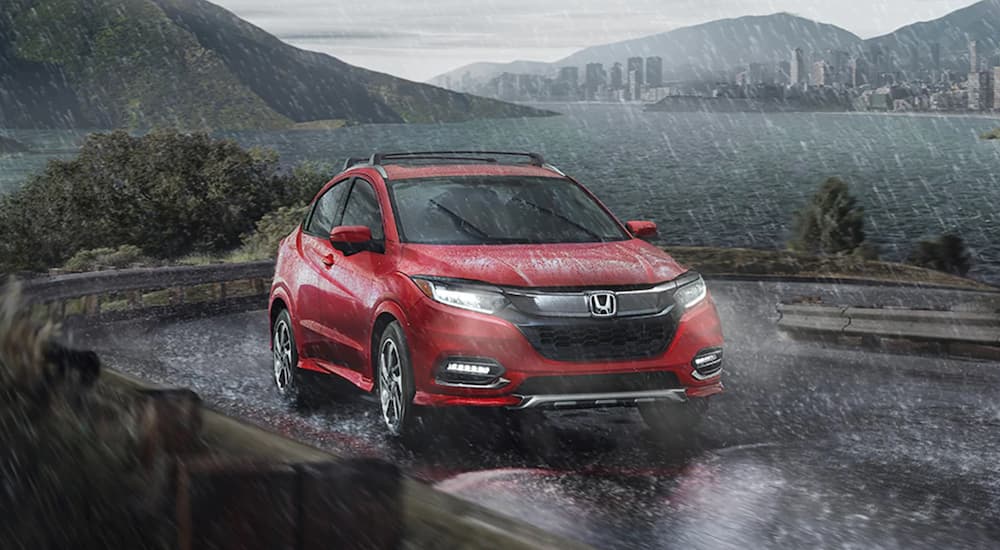
Plenty of Small Affordable Used Hondas
Honda corners the market on affordable small vehicles, particularly for used buyers. The automaker’s reputation for building some of the most reliable vehicles in the industry almost guarantees a lemon-free ownership experience. For that reason, it may not be necessary to spring for a CPO model to hedge your longevity bet.
The smallest Honda models are still floating around the used car market, even discontinued models like the Fit. Are any as small as the ’69 N360? No, but since you’ll be sharing the road with suburban families trying their hand at commercial HD pickup truck ownership, you probably don’t want to go quite that small.
